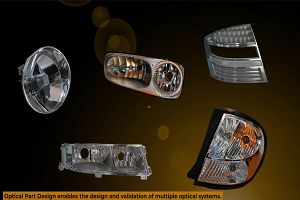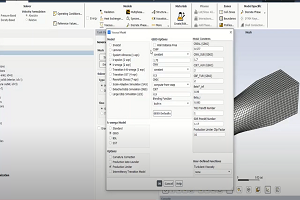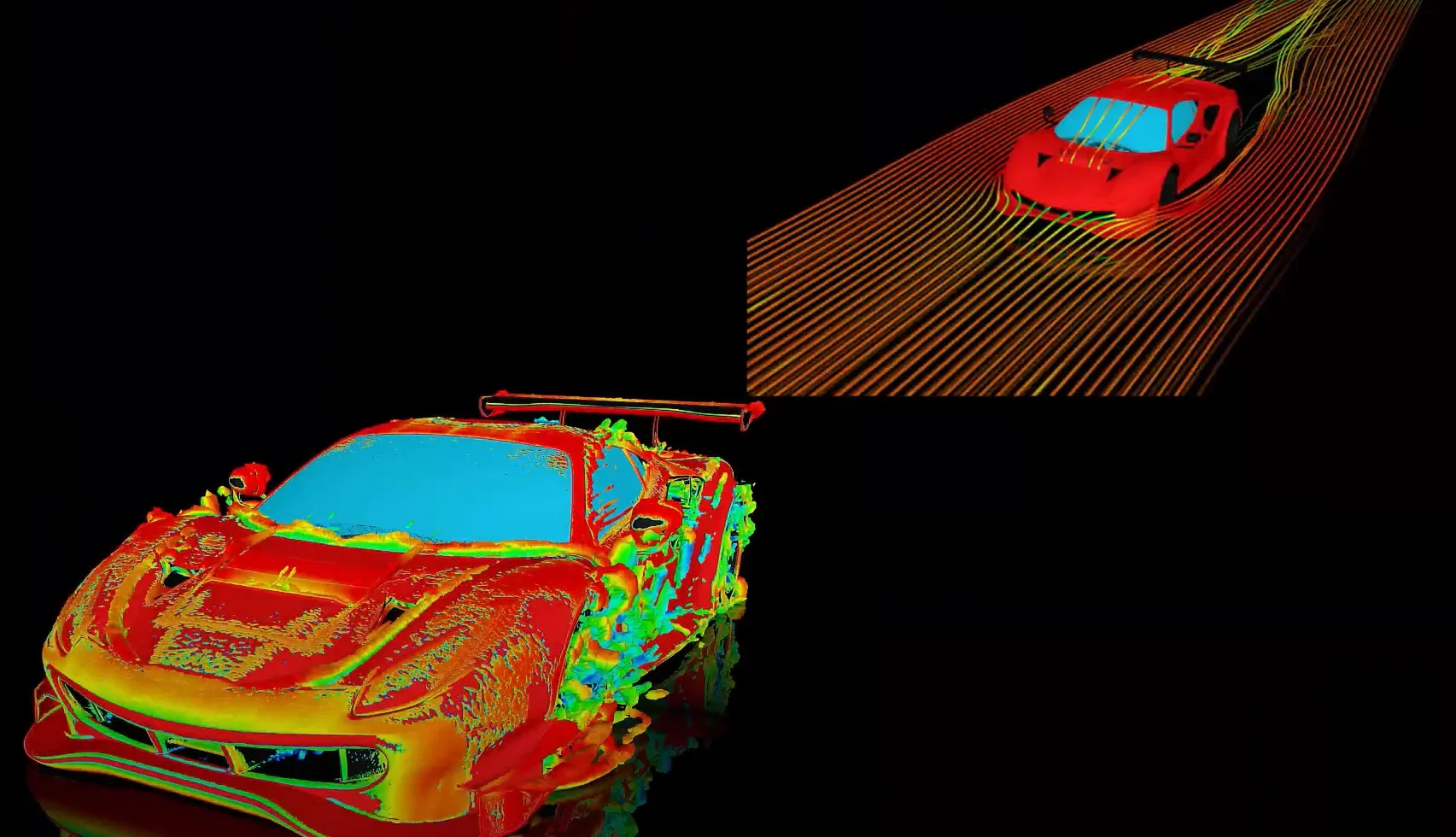- All Categories
- Fluids - Postprocessing
- How do I get experimental data into CFD-Post?
Tagged: ansys-fluent, cfd-post
-
-
June 6, 2022 at 8:33 am
 FAQParticipant
FAQParticipantThere are several ways to import user data into CFD-Post. Data can be imported as line or surface data:
1. File > Import > Import Surface or Line Data and select the file, or :
2. Insert > Location > User Surface
Specify a name and select the file. The data formats are of the form:
[Name]
Experimental Data Set 1[Data]
Node No., X[m], Y[m], Z[m], Press.[Pa], Vel.[m/s], Temp.[R]
0, -0.3, -0.3, -1.0, 0.0, 1.0, 0.224,
1, -1.0, -1.0, 1.0, 1.0, 2.0, 1.35987,
2, -1.0, 1.0, 1.0, 1.0, 3.0, -0.45,
3, -0.3, 0.3, -1.0, 0.0, 4.0, -5.82,
4, 0.3, -0.3, -1.0, 2.0, 5.0, 9.6323,
5, 1.0, -1.0, 1.0, 3.0, 6.0, 7.1859,
6, 1.0, 1.0, 1.0, 3.0, 7.0, -4.656234,
7, 0.3, 0.3, -1.0, 2.0, 8.0, 2.1237,
8, 0.0, 0.0, 2.0, 5.0, 9.0, 6.456,[Faces] # Faces are defined by their points, represented by the point IDs: 3 points for a tri-face and 4 points for a quad-face. The face normal is defined by the order of the points, so define all points in either a clockwise or counterclockwise direction to obtain a uniform face normal.
Note 1: Normally the first 3 variables will be X, Y and Z – i.e we are assuming 3D data.
Note 2: There is no explicit limit on the number of variables.
Note 3: Units are optional and can be omitted or specified as []
-


Introducing Ansys Electronics Desktop on Ansys Cloud
The Watch & Learn video article provides an overview of cloud computing from Electronics Desktop and details the product licenses and subscriptions to ANSYS Cloud Service that are...

How to Create a Reflector for a Center High-Mounted Stop Lamp (CHMSL)
This video article demonstrates how to create a reflector for a center high-mounted stop lamp. Optical Part design in Ansys SPEOS enables the design and validation of multiple...

Introducing the GEKO Turbulence Model in Ansys Fluent
The GEKO (GEneralized K-Omega) turbulence model offers a flexible, robust, general-purpose approach to RANS turbulence modeling. Introducing 2 videos: Part 1 provides background information on the model and a...

Postprocessing on Ansys EnSight
This video demonstrates exporting data from Fluent in EnSight Case Gold format, and it reviews the basic postprocessing capabilities of EnSight.

- ANSYS Fluent: Scene and Animation Creation
- ANSYS Fluent: Simulation of a Rotating Propeller – Part 2
- Display Multiple Plots in the Same Scene using Overlays in Fluent
- Use Different Modes for Saving Pictures in Fluent
- Creating a User Surface in ANSYS CFD Post-processing
- ANSYS EnSight: Overview of Postprocessing a Fluent Case in EnSight
- Add Annotation to Graphics Display within Fluent
- How do I automatically export figures generated in CFD-Post from Workbench?
- ANSYS CFX: User Locations in Transient Simulations
- How can I hide the legend or colormap for a Fluent plot?

© 2025 Copyright ANSYS, Inc. All rights reserved.

